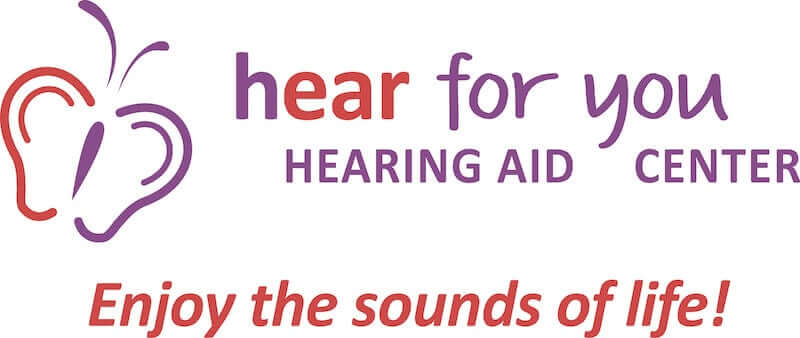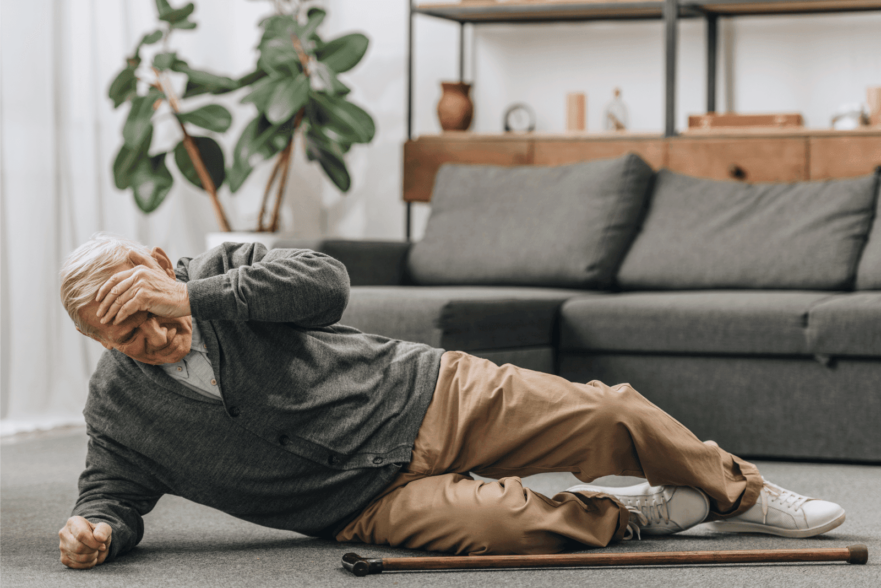As an audiologist committed to improving the quality of life for individuals with hearing loss, I am excited to share the latest insights into how hearing aids play a crucial role in preventing falls and accidents. Hearing loss is not just an inconvenience; it has significant implications for safety and overall well-being. This article will explore the relationship between hearing loss and falls, delve into the latest advancements in hearing aid technology, and highlight the importance of early detection and intervention.
The Connection Between Hearing Loss and Falls
Hearing is an integral part of our sensory perception, serving as an early warning system for potential hazards in our environment. When hearing deteriorates, so does our ability to detect crucial auditory cues, which can lead to an increased risk of accidents and falls. Several studies conducted prior to September 2021 have revealed a clear link between untreated hearing loss and a higher likelihood of experiencing falls.
One study, published in the Journal of the American Geriatrics Society, found that individuals with untreated hearing loss were nearly three times more likely to experience a fall compared to those with normal hearing. Another study, published in JAMA Otolaryngology-Head & Neck Surgery, suggested that hearing aids could significantly reduce the risk of falls in older adults with hearing loss. These findings underscore the importance of addressing hearing loss as a preventive measure against accidents and falls.
The Role of Hearing Aids
Hearing aids have come a long way in recent years, thanks to advancements in technology. Modern hearing aids are not only more discreet and comfortable but also more effective in improving hearing and preventing accidents. Here are some ways in which hearing aids contribute to enhanced safety:
Improved Auditory Awareness
Hearing aids amplify sounds, making it easier for individuals with hearing loss to hear important cues in their environment, such as approaching vehicles, sirens, alarms, or people calling out warnings. This heightened auditory awareness can be a lifesaver in potentially dangerous situations.
Enhanced Balance and Coordination
Hearing aids can help individuals with hearing loss maintain better balance and coordination by providing accurate auditory information. This can reduce the risk of stumbling or losing one’s footing due to a lack of awareness of the surrounding environment.
Communication and Social Engagement
Isolation due to untreated hearing loss can lead to depression and reduced physical activity, increasing the risk of accidents and falls. Hearing aids help individuals stay connected with loved ones and remain engaged in social activities, improving their overall well-being.
Adaptive Features
Many modern hearing aids come equipped with advanced features such as directional microphones, noise reduction, and connectivity to smartphones and other devices. These features enable users to focus on important sounds while filtering out background noise, ensuring that they can hear and respond to critical auditory cues.
Early Detection and Intervention
Early detection of hearing loss is paramount in preventing accidents and falls. Regular hearing screenings should be an integral part of healthcare for individuals of all ages, especially for seniors. Unfortunately, many people delay seeking help for their hearing loss, which can have serious consequences.
Audiologists and healthcare professionals must promote awareness about the importance of early detection and intervention. By identifying hearing loss at an early stage, individuals can receive appropriate treatment, including hearing aids, which can significantly reduce the risk of accidents and falls.
The Future of Hearing Loss Prevention
Looking ahead, there are exciting possibilities on the horizon for hearing loss prevention and management. Research into innovative interventions and technologies continues to evolve. Here are a few potential futuristic developments:
Artificial Intelligence (AI)
AI-powered hearing aids may become more adept at analyzing auditory environments in real time, adapting to changing conditions, and providing users with customized and optimized sound experiences.
Telehealth
Teleaudiology, which gained prominence during the COVID-19 pandemic, could become a permanent feature of hearing healthcare. Remote consultations and adjustments for hearing aids may become more accessible, ensuring that individuals receive timely care.
Implantable Devices: Cochlear implants and other implantable hearing devices are advancing rapidly, offering new possibilities for individuals with severe to profound hearing loss.
Hearing aids are not just about improving hearing; they are essential tools for enhancing safety and preventing accidents and falls. As a leading audiologist, I emphasize the importance of early detection and intervention to address hearing loss promptly. By staying informed about the latest advancements in hearing aid technology and advocating for regular hearing screenings, we can collectively contribute to a safer and more secure environment for individuals with hearing loss. Together, we can ensure that the future holds even more promising interventions for those in need, ultimately improving their quality of life and well-being.

